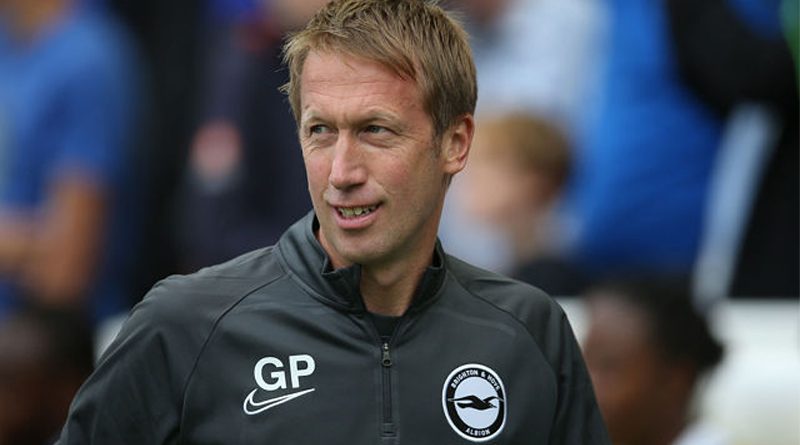How do Brighton turn their expected goals prowess into actual points?
Well, the 2020-21 campaign is over, and all that matters is that the Seagulls survived the dreaded drop. But why were Brighton playing so well, delivering an outstanding Expected Goals (xG) performance at each end of the pitch, and yet still struggling to win matches?
And should xG be considered all that important anyway? Italy lost on that front to Spain in the semi-finals of the European Championship, and yet they still progressed to the final of the tournament. Of course, they are an underdog in the football betting against England, so perhaps there is something in it.
You absolute beauties.#BHAFC https://t.co/Ay8lmeQp52
— Brighton & Hove Albion (@OfficialBHAFC) July 7, 2021
Let’s not lose sight of what Expected Goals measures. The ability to fashion big chances in the final third – and not yield to them in the defensive phase – is, of course, one of the basic tenets for success in football.
So, reflecting on the 2020/21 data, it can be argued that Brighton were, aside from a profligacy in front of goal, much better than their sixteenth position suggests.
All of which is very interesting for punters, who will note that Brighton are priced at 6/5 to finish in the Premier League’s top ten next season. The numbers from last term suggest that is a distinct possibility – well, all but one, at least.
Graham Potter’s side finished fifth in the aggregated xG difference table, lost the same number of games as Leeds and Aston Villa (who finished ninth and eleventh respectively), and conceded just 46 goals. That is fewer than Leicester and West Ham, who ended up in fifth and sixth.
The anomaly? A scarcity of goals. Brighton netted the fifteenth highest tally in the topflight, and yet the xG table suggests that the Seagulls created more big chances than Arsenal and Everton over the course of the season.
So, the chances are there. But putting the ball in the net remained a mystery throughout the campaign. What can Potter do to remedy the situation?
The Predator
Any successful football team needs a marksman to put the ball in the back of the net – the history books show us that. For Brighton, that predatory individual remains elusive, and drilling down into the player xG stats from last season reveals a rather damning verdict for those that pulled on the blue-and-white shirt.
Neal Maupay was the worst offender. While he netted eight times, the xG stats reveal he should have been closer to 14 based on the chances created for him.
Other forward players, including Danny Welbeck and Aaron Connolly, also underperformed in terms of scoring the chances created for them. So, the harsh reality is that Potter simply doesn’t have the attackers at his disposal – unless he waves his magic wand in training, that is.
OFFICIAL: Enock #Mwepu leaves FC Red Bull Salzburg towards the Premier League where he signs a four-year-contract with @OfficialBHAFC.
Best of luck, Enock! pic.twitter.com/arxn4eHBVg— FC Red Bull Salzburg EN (@FCRBS_en) July 6, 2021
We know that Enock Mwepu has been signed principally as a replacement for Yves Bissouma, who seems likely to depart for pastures new. He will not be the goal scoring answer, more of a like-for-like replacement for the young midfielder.
The hopes for Brighton fans in 2021-22 rest on the shoulders of Potter and his recruitment team. Find that striker that can convert those big chances into goals, and the Seagull’s top half dreams can become a reality.




